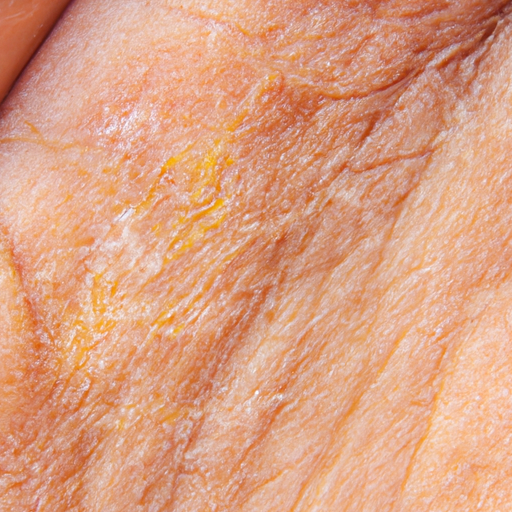As an expert in the field of geology and earth sciences, I am constantly fascinated by the myriad of techniques we use to unravel the mysteries of our planet. One such technique, which has proven to be incredibly insightful, is micro-coring. This method allows us to delve into the intricate world beneath our feet, unlocking secrets about Earth’s past and present that would otherwise remain hidden.
Micro-coring is a specialized technique used to extract small, cylindrical samples of rock, soil, ice, or other materials from the Earth’s crust. These cores, often no larger than a pencil in diameter, provide a wealth of information about the geological, biological, and chemical processes that have shaped our planet over billions of years.
The beauty of micro-coring lies in its precision. Unlike traditional coring methods that extract large samples, micro-coring allows scientists to target specific layers or features within a geological formation. This precision is crucial when studying phenomena such as climate change, where subtle changes in the composition of ice or sediment layers can provide valuable clues about past environmental conditions.
Micro-coring also minimizes disturbance to the surrounding environment, making it an ideal technique for studying sensitive ecosystems or rare geological formations. For instance, micro-cores taken from coral reefs can reveal centuries of growth history without causing significant damage to these fragile ecosystems.
One of the most exciting applications of micro-coring is in the field of paleoclimatology. By extracting micro-cores from ice sheets and glaciers, scientists can analyze trapped air bubbles and impurities to reconstruct past atmospheric conditions. These ice cores serve as a sort of time capsule, preserving a record of temperature, precipitation, and even volcanic activity over hundreds of thousands of years.
Similarly, micro-cores taken from sediment layers at the bottom of lakes or oceans can provide insights into past ecological conditions. The types and quantities of microorganisms preserved in these cores can indicate changes in water temperature, salinity, and nutrient availability, among other factors.
Micro-coring is not just about looking into the past, though. It also plays a crucial role in monitoring current environmental conditions and predicting future changes. For example, micro-cores taken from soils can help us understand the impacts of land use changes, pollution, and climate change on soil health and fertility.
In conclusion, micro-coring is a powerful tool in the arsenal of earth scientists. It allows us to delve deep into the intricate world beneath our feet, unlocking secrets about Earth’s past and present. As we continue to refine this technique and apply it to new areas of research, there’s no telling what other secrets we might uncover about our remarkable planet.



